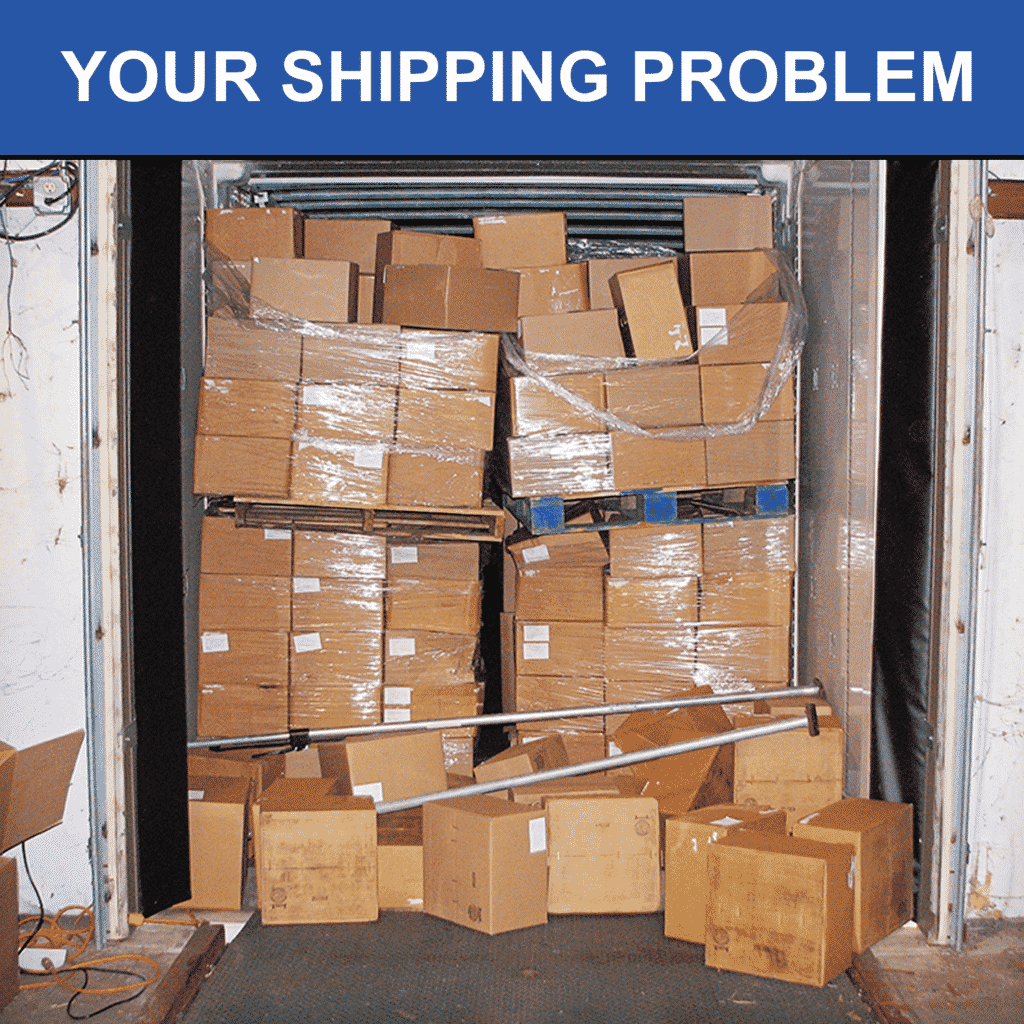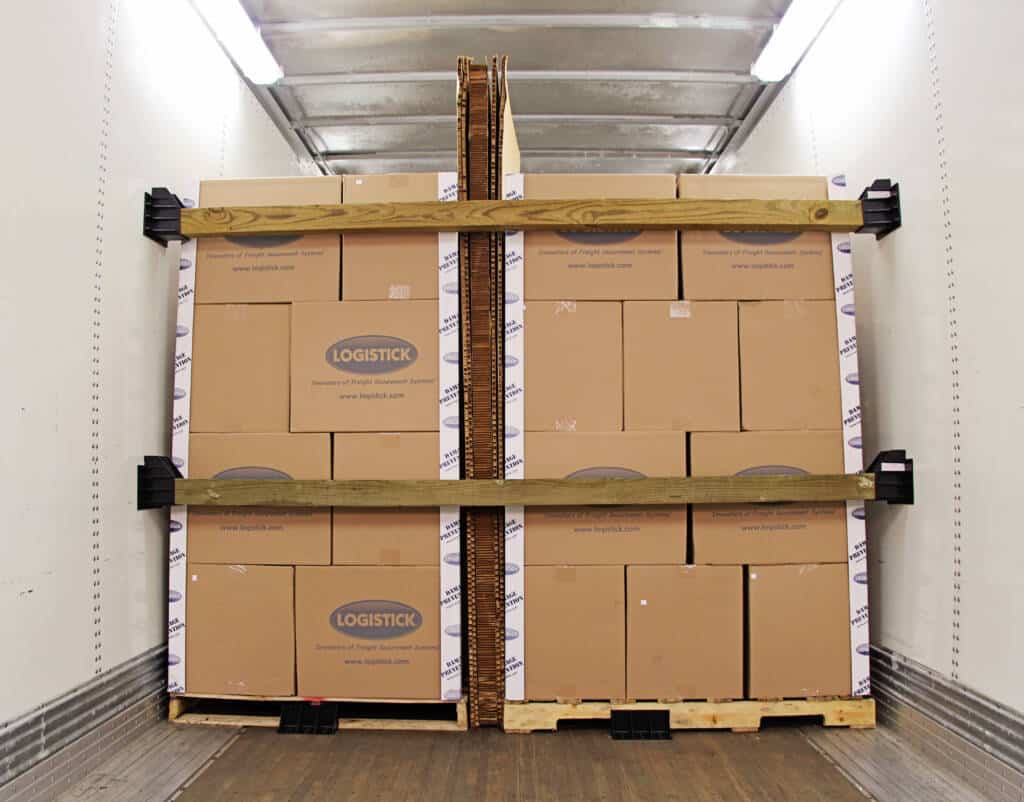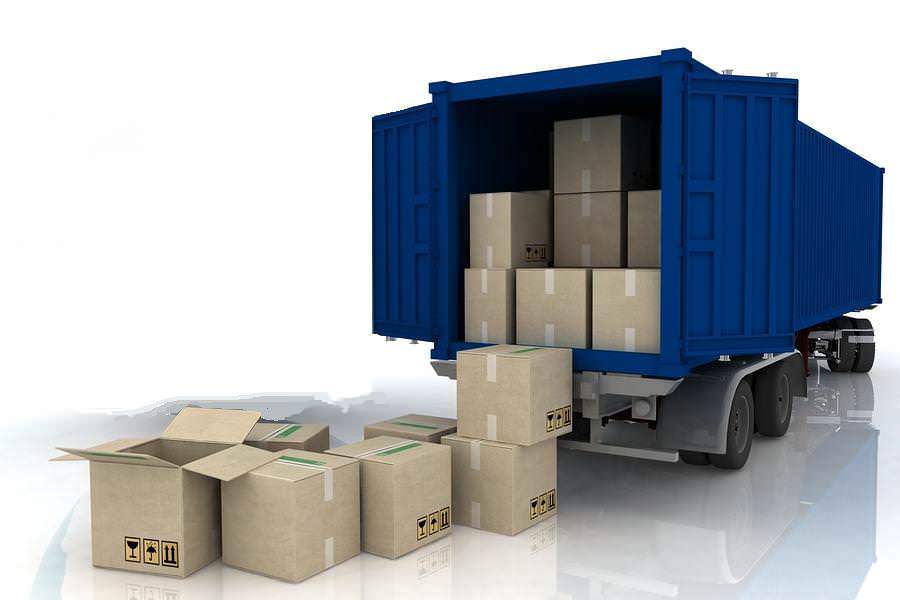Load/cargo securement is a fairly simple safety concept. There is an expectation that items transported in or on your vehicle will stay on the vehicle until ready to be removed. The concept applies to just about anyone who operates a vehicle(s) to conduct business. The first category of vehicles we typically think of are semis but also included are dump and service trucks, pickups — with or without trailers — and in some cases, sedans.
A company may transport product, parts, tooling, or any number of items in support of customers or its business. Fleet managers and their companies are responsible for ensuring those items are transported safely, efficiently, and free from damage. Failure to transport properly secured items may result in property damage, injury, or even a fatality. Claims from these incidents cost companies hundreds of millions of dollars annually. However, most of these incidents are preventable.
responsible for ensuring those items are transported safely, efficiently, and free from damage. Failure to transport properly secured items may result in property damage, injury, or even a fatality. Claims from these incidents cost companies hundreds of millions of dollars annually. However, most of these incidents are preventable.
To provide guidance in reviewing your company’s cargo/ load securement program, this article addresses requirements found in parts 392 and 393 of the Federal Motor Carrier Safety Regulations (FMCSR). Though the content includes sections of the federal guidelines, non-regulated fleets will benefit from the information.
One-Way Securement Systems
Here at Logisitck, we manufacture one-way freight securement systems to prevent longitudinal and lateral movement. Our products easily combine with a wood beam, increasing the ability to withstand up to 20 times more force than metal load locks and provide maximum adhesion to all transportation equipment surfaces still allowing for normal flexing of trailer and container walls. The systems are inexpensive when compared with alternative restraint options and are disposable/recyclable, allowing one-way shipments with no need to maintain ownership.

Is Cargo Securement Important?
The answer to this question is obviously YES. How many times have you witnessed a service truck, pickup, trailer (small or large), or semi with loose or improperly secured cargo? A piece of loose cargo can easily bounce off the vehicle and present a hazard to other motorists or pedestrians.
The motoring public expects a company or organization to protect it against the risk of becoming  involved in a crash caused by shifting or falling cargo. Safe cargo handling minimizes company liability exposure and helps project a safety-conscious corporate image.
involved in a crash caused by shifting or falling cargo. Safe cargo handling minimizes company liability exposure and helps project a safety-conscious corporate image.
Fleet operators have a responsibility to their customers to safeguard the product transported on their behalf. Customers expect a service provider (e.g., plumber, welder, or mechanic) will safely transport tools/materials/parts.
Lastly, senior executives and shareholders expect fleet managers will protect the company from expensive claims whether those claims are cargo or tool/material losses or third-party liability claims.
In addition to strictly monetary costs, other potential costs may arise:
- The impact of an injury or fatality.
- The effect on customers if the cargo or service is not delivered.
- The impact on a company’s third-party insurance rates.
- The consequences of a vehicle loss on business operations.
To proactively deal with these cost and liability issues, a company must develop and implement a cargo securement process. Ensure all drivers are adequately trained for the specific class of vehicle they operate. As the old adage advises, “An ounce of prevention is worth a pound of cure.”
Cover the Basics of Cargo Securement

We recommend wiping down the container/trailer wall to remove any dust, dirt, condensation or frost when applying any Logistick product.
Good housekeeping practices for all fleet vehicles are important. A clean, tidy vehicle is the first step in projecting a positive corporate image to customers and the motoring public.
- Complete a thorough pre-trip vehicle inspection, including all components and accessories.
- Remove all debris from the vehicle bed or trailer deck. These areas can sustain a certain amount of damage from normal use; make sure they are in good repair.
- A critical precaution is securing a vehicle from movement while it is loaded. The parking brake may be adequate on smaller vehicles while larger vehicles may require parking chalks.
- Ensure the vehicle is correctly sized if it hauls large or bulky items
Cargo Inspection, Securement Devices & Systems
As transporters under FMCSR regulation 392.9, companies and drivers are required to:
- Properly distribute and secure cargo

Logistick’s Super Wedge is combined with a 4×4 to secure the heaviest of loads. The adhesive backing will prevent the Super Wedge from falling from the wall.
- Secure all vehicle load securement devices (chains, straps, and tarps) and cargo.
- Ensure drivers have clear visibility on all sides of the vehicle.
- Ensure drivers have free movement of their arms and legs.
- Provide driver access to emergency equipment and easy vehicle exit.
- Inspect the load and devices to secure the load prior to beginning trip.
- Inspect the load within the first 50 miles and adjust load securement devices as needed.
- Re-examine the load and securement devices during the trip, adjusting as needed.
- Re-examination intervals must occur whenever a change-of-duty status occurs and when the vehicle has been in operation more than three hours or driven 150 miles (whichever occurs first).
Protect Against Shifting and Falling Cargo
Under Part FMCRS 393.100, the company and driver must ensure cargo transported on a public road is loaded in a manner that prevents the cargo from leaking, spilling, blowing, or falling from the vehicle. In addition, the load or vehicle contents must be secured to prevent shifting. Logistick products stop cargo from shifting before it starts. The one-way disposable load bars are five times stronger than standard metal load bars and eliminate the need to maintain ownership.
States Regulate Vehicle and Axle Weights
Individual states may have both gross vehicle and per-axle weight restrictions. Furthermore, some states may also have cargo covering requirements. Fleet managers and drivers must be knowledgeable about the regulations and restrictions in each state company vehicles travel.
In summary, a poorly or overloaded loaded vehicle is difficult to operate and can contribute to excessive wear and poor fuel economy. Everyone benefits from a sound cargo securement policy: companies, drivers, customers, and the motoring public. Contact Logistick, Inc. today for more information.
For more information https://www.fmcsa.dot.gov/
Source: https://www.worktruckonline.com/

